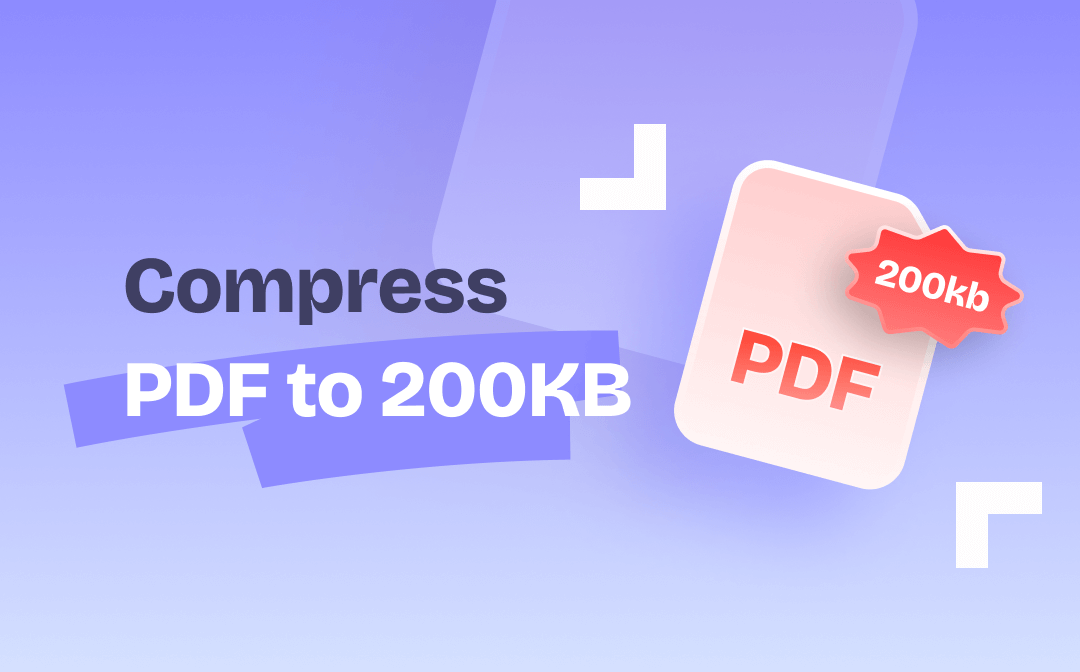Leveraging AI for Better PDF Accessibility and Usability

In the realm of digital documentation, PDFs reign supreme, offering a versatile format for everything from academic papers to business reports. However, the challenge of making these documents accessible to all, including individuals with disabilities, has long been a concern. Enter Artificial Intelligence (AI), a dynamic force that’s not just nudging but revolutionizing PDF accessibility and usability. This transformative technology is breaking down barriers and paving the way for a more inclusive digital world.
AI-Powered Text Recognition and Conversion
At the heart of enhancing PDF accessibility lies AI’s ability to understand and manipulate text. Advanced Optical Character Recognition (OCR) technology, powered by AI, transforms scanned PDF documents into text that can be read aloud by screen readers, making them accessible to visually impaired users. This AI capability ensures that even historical or archived documents become part of the accessible digital corpus.
Automated Alt Text Generation for Images
Images in PDFs pose a significant accessibility barrier for users who rely on screen readers. AI steps in with automatic alt text generation, providing descriptions for images, charts, and graphs. This not only enhances the user experience for the visually impaired but also streamlines content creation, making inclusivity easier to achieve for document authors.
Enhanced Navigation Through AI-Structured Tagging
Navigating through lengthy PDF documents can be daunting, especially for users utilizing assistive technologies. AI enhances usability by automatically tagging PDFs with logical structure and navigation aids. This structure includes headings, lists, and links that are intelligible to screen readers, allowing for easy navigation and comprehension.
Read more about:- Compress pdf to 200kb on jpeg-optimizer.net
AI-Driven Language Translation
Global accessibility means ensuring content is understandable across language barriers. AI-driven tools integrated into PDF readers can now translate documents on-the-fly, making them accessible to non-native speakers. This feature is invaluable in educational materials, legal documents, and technical manuals, ensuring that vital information is accessible to a global audience.
Customizable Reading Experiences
AI doesn’t stop at making PDFs accessible; it pushes forward to adapt documents to meet individual user needs. Through AI, PDFs can dynamically adjust font sizes, contrast levels, and even layout to accommodate users with dyslexia, low vision, or other reading challenges. This level of customization ensures that PDFs are not just accessible but genuinely usable.
Voice-Controlled PDF Interaction
Voice recognition technology, enhanced by AI, is changing how users interact with PDFs. Voice commands can now be used to navigate, edit, and even annotate PDF documents, offering an entirely hands-free way to engage with digital content. This innovation is particularly beneficial for individuals with physical disabilities, further leveling the playing field.
The Future is Accessible
As AI technology continues to evolve, the future of PDF accessibility and usability looks brighter than ever. We’re on the brink of seeing even more sophisticated AI integrations, from predictive text for faster document creation to emotion recognition for creating documents that respond to the reader’s feelings. The potential is limitless, with AI at the helm, driving towards a future where digital documents are universally accessible and infinitely adaptable.
Embracing the AI-Enhanced PDF Era
The impact of AI on PDF accessibility and usability signifies a paradigm shift in digital inclusivity. By harnessing AI, we’re not just making documents easier to read or navigate; we’re opening up a world of information to everyone, regardless of their physical abilities or linguistic background. This is the power of AI in action – transforming the static PDF into a dynamic, accessible, and user-friendly resource that caters to the diverse needs of the global population.
In this era of digital inclusivity, AI-enhanced PDFs stand as a testament to the advancements in technology that are not only making our lives easier but also more connected. As we look to the future, the role of AI in further breaking down barriers and enhancing the usability of digital documents is not just promising; it’s essential. With every AI-driven improvement, we move one step closer to a world where information is truly accessible to all, marking a new chapter in the story of digital accessibility and usability.








